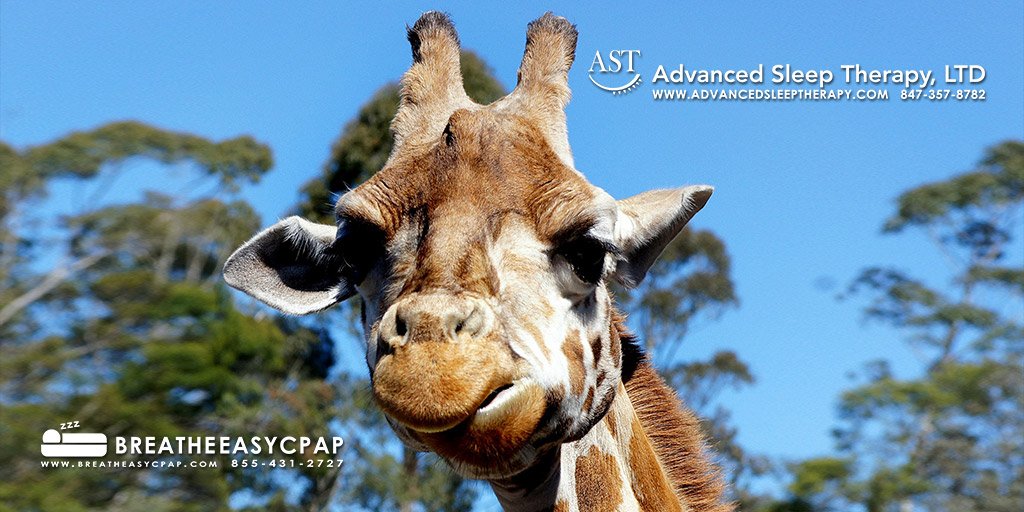If your child is suffering from sleep apnea, a health condition leading to obesity, diabetes, and stroke, you’ve likely been told to start treatment as soon as possible. As a parent, you want the best choices made for your son or daughter, but you’re not always sure what those choices are! Read on to find out more about your child’s options for sleep apnea treatment.
Surgery Versus CPAP
Surgery is considered the routine option for treating sleep apnea in children. In most cases, kids develop sleep apnea due to facial deformities or large tonsils and adenoids. The surgical removal of masses of lymph tissue or repair of a deviated septum is usually enough to stop snoring and episodes of sleep apnea in these cases. For some children however, surgery is delayed because of other disorders they’re experiencing or if they’re taking medications that aren’t compatible with surgery. In these children, continuous positive airway pressure or CPAP therapy is the best step to take while they wait for a surgical treatment.
CPAP therapy is often difficult for children to tolerate as the sleep apnea mask can sometimes seem overwhelming. Discussing CPAP therapy calmly with your child is the first step in helping them adjust to their new treatment.
How To Introduce CPAP Therapy To Child
If your child is prescribed sleep apnea treatment via a CPAP machine, remind them as often as needed that their therapy will be completely painless and can even feel fun. For younger children, having them imagine they’re in a calming outdoor setting with a strong breeze on their cheeks might help them stay relaxed and maybe even enjoy the CPAP experience. You may also find that your child is comforted by viewing a few videos on Youtube.com that show children using their CPAP devices.
Remind your child to wear their CPAP mask for as long as possible. In the beginning, they may only be comfortable wearing their mask for one to three hours. Even those short three hours of CPAP wear can be beneficial in treating sleep apnea. If your child will allow it, have them wear their sleep apnea mask occasionally during the day while they get used to the way it feels. Most importantly, never physically force your child to wear their CPAP at night or scare them into treatment.
Dealing with Overnights and Embarrassment
Even for adults, sleep apnea treatment can be embarrassing. Reassure your child that their CPAP machine is an awesome tool made for combating breathing problems and that you’ll do everything to make them comfortable physically and socially. Start by introducing your child’s CPAP use to their friends at your own home first and encourage sleep overs only once the other children have shown their ability to be compassionate about your child’s sleep apnea. It may take some time before younger children are comfortable sleeping over at another persons home. Never rush your children to sleep somewhere they aren’t comfortable, and remember to move at their pace.
Purchasing a Child-Sized CPAP Mask
One drawback to treating your child for sleep apnea is that finding the right mask can be difficult. Even for many large children, the adult masks are simply too big. Fortunately, any reputable CPAP supply store sells sleep apnea equipment for children. ResMed and Respironics both have great pediatric sleep apnea masks available. Breatheeasycpap.com has some really great options for the child in your life suffering from sleep apnea. The staff at this exceptional online storefront are experienced health care professionals who are available to help you navigate CPAP treatment options and insurance issues. Raising a child is difficult enough, take advantage of the professional help available to you today.

